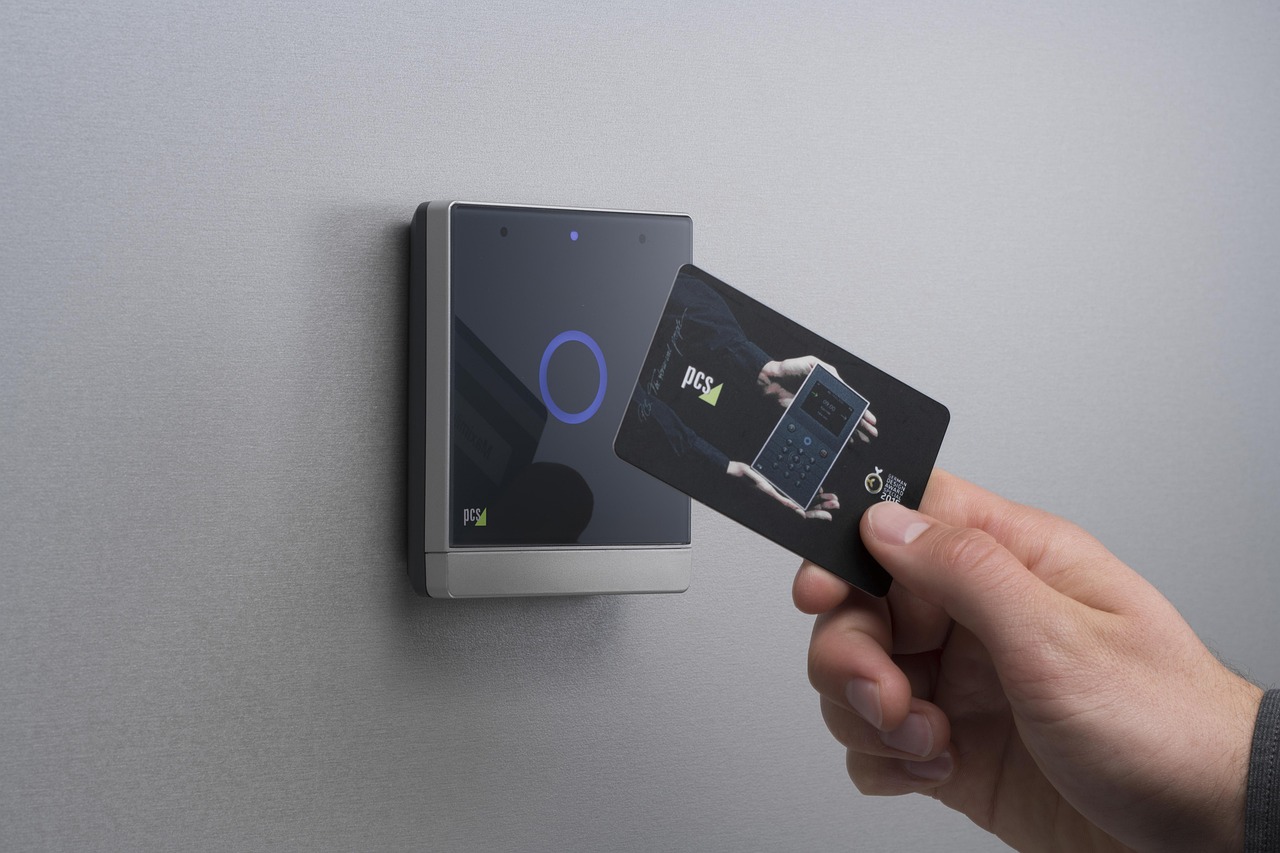What is RFID? Radio Frequency Identification Explained
Introduction to RFID
Radio Frequency Identification (RFID) has become an essential part of our lives, often without us even realizing it. This technology, used to store and retrieve data remotely, enables us to track items, manage inventories, and improve security among numerous other applications. This article delves into the world of RFID, offering a detailed overview of how it works, its benefits, limitations, and its many applications across various sectors.
How RFID Works
RFID operates through a system comprising RFID tags, antennas, and readers. These tags, embedded with a microchip and an antenna, store the data that identifies an item or object. The reader emits a signal, and when the tag is within range, it responds by sending back the stored information. This interaction between the tag and the reader forms the basis of RFID technology, enabling an unprecedented level of tracking and data management.
The Benefits of RFID
RFID technology comes with several benefits. It offers a higher data capacity compared to traditional barcodes, and its non-line-of-sight capability allows it to read multiple tags simultaneously from a distance. This efficiency helps streamline operations, reduce human error, and increase data accuracy, resulting in significant time and cost savings. Furthermore, RFID tags are robust and can withstand harsh environmental conditions, making them ideal for numerous industries.
The Limitations of RFID
Despite its advantages, RFID technology is not without its limitations. High implementation cost is a significant barrier for many small businesses. The system requires RFID tags, readers, and compatible software, all of which can be costly. Additionally, certain materials such as metals and liquids can interfere with the signal from RFID tags, posing challenges in certain environments.
The Future of RFID
As technology advances, RFID continues to evolve and integrate with other technologies like Internet of Things (IoT) and Artificial Intelligence (AI). With advancements in miniaturization and decreased costs, it’s expected that RFID applications will only continue to expand.
RFID in Retail
In retail, RFID technology is revolutionizing inventory management. It provides real-time inventory visibility, allowing retailers to optimize stock levels, reduce out-of-stock scenarios, and prevent overstocking. It also enhances security, helping reduce shrinkage by tracking goods throughout the store.
RFID in Healthcare
In healthcare, RFID provides numerous benefits, from tracking patient data to managing medical equipment. Hospitals use RFID to monitor medication administration, ensuring the right patient receives the correct dose at the right time. Additionally, RFID is invaluable for locating medical devices and equipment quickly, enhancing operational efficiency.
RFID in Manufacturing
RFID technology is transforming manufacturing operations. It helps track and trace components in real-time throughout the production process, reducing errors and increasing efficiency. It also provides data for performance analysis, facilitating continuous improvement and lean manufacturing.
RFID in Transportation
In transportation, RFID aids in asset tracking and management. Whether it’s monitoring cargo during transit or managing fleet vehicles, RFID provides real-time visibility, optimizing operations, and reducing costs.
RFID in Security
RFID has found significant applications in access control systems and security. From secure entry into buildings to anti-counterfeiting measures in product distribution, RFID technology plays a pivotal role in enhancing safety and security measures.
RFID vs Barcode: The Differences
While both RFID and barcodes are used for tracking, RFID offers several advantages. Unlike barcodes, RFID doesn’t require line-of-sight for scanning and can read multiple tags simultaneously. Additionally, RFID tags have a larger data capacity and are re-writable, providing dynamic data tracking.
Future of RFID Technology
As technology advances, so does the potential of RFID. The integration of RFID with IoT and AI is set to further improve data collection and analysis capabilities. Developments in tag technology, reader sensitivity, and software interfaces promise to bring even more applications for RFID.
Conclusion
RFID technology, with its immense potential and diverse applications, is indeed revolutionizing various sectors. While there are challenges, ongoing technological advancements promise to overcome these and further increase RFID’s range of applications. As we continue to embrace digital transformation, RFID will undoubtedly play a crucial role in this journey.

